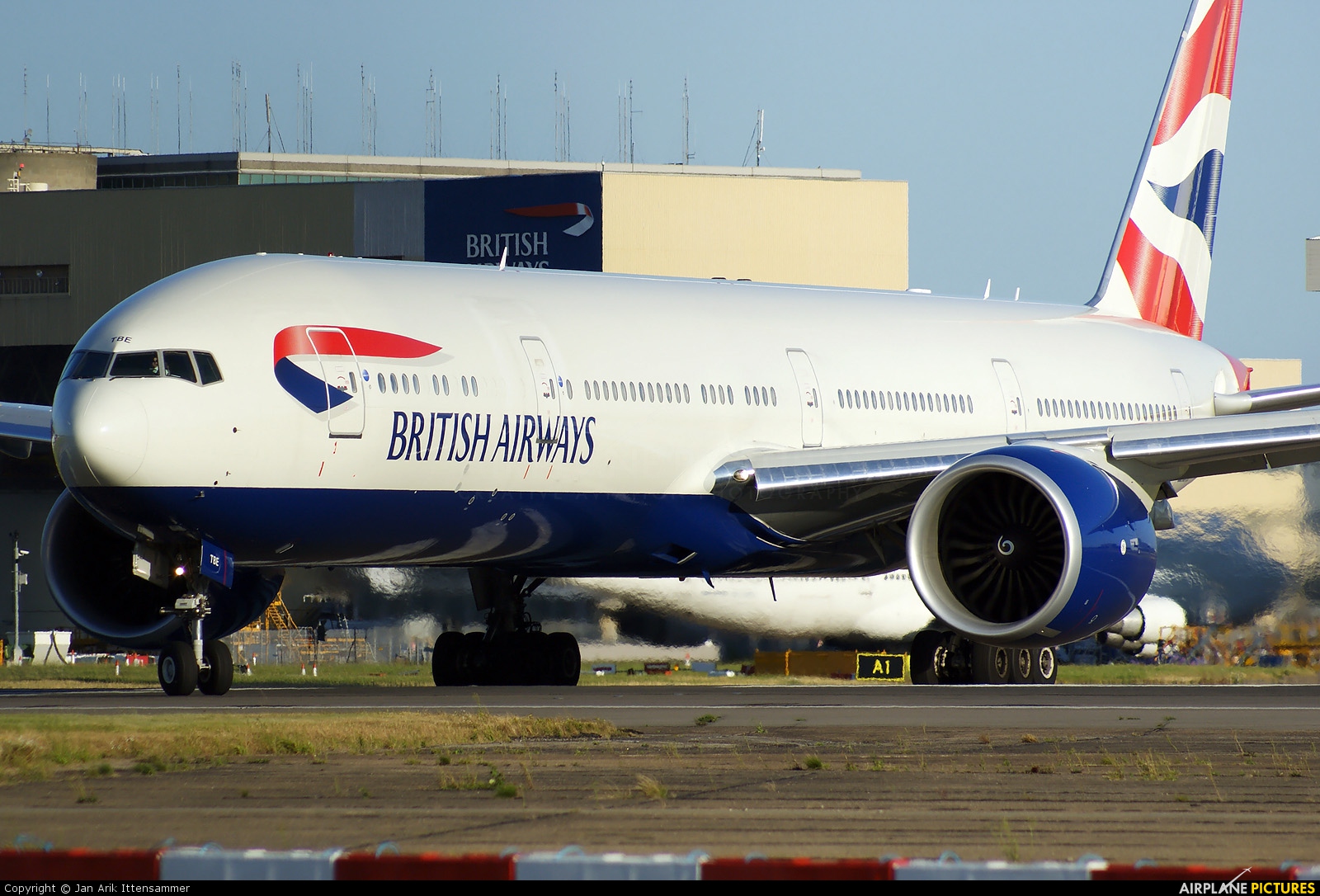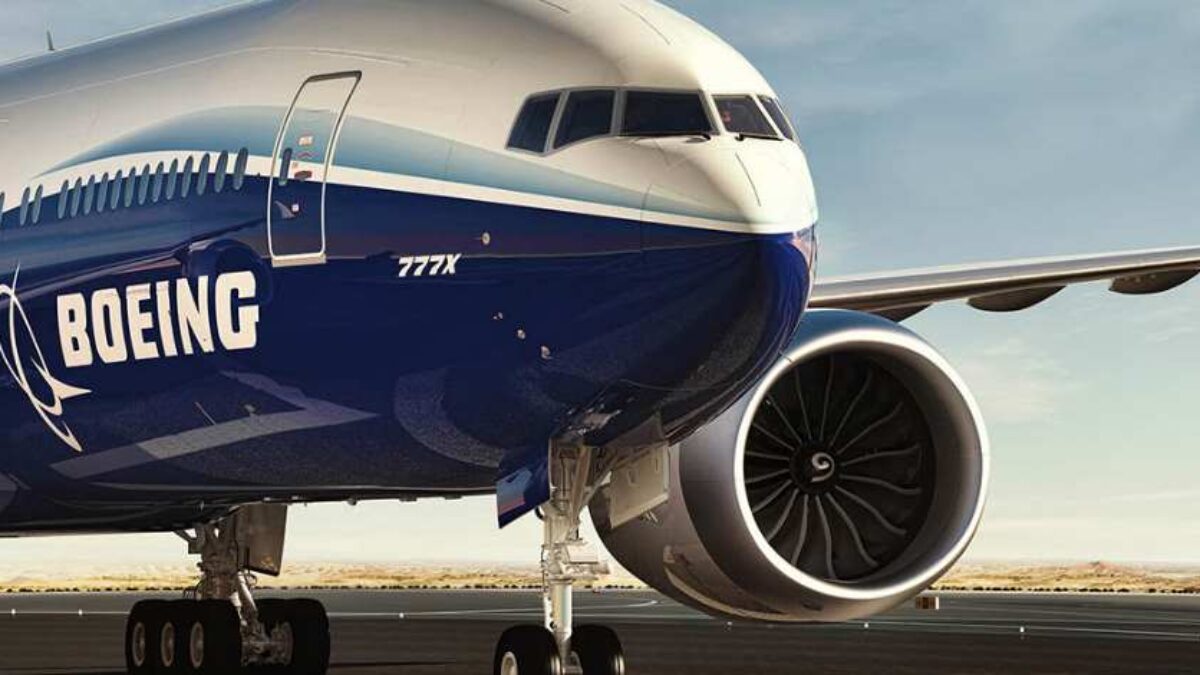British Airways 777x
Hello all,
Boeing says it is offering the two 777 freighters as a kind of bonus for an undisclosed airline to purchase more units of the 777-9 (largest version of the 777X) and 787. Few airlines have orders for 787 jets. And 777X, as is the case with Emirates, British Airways, All Nippon Airways or Qatar Airways.
British Airways took part in the design of the aircraft with Boeing, and is today one of the world’s largest operator of the type. The Boeing 777 has emerged as a best seller for longhaul commercial aircraft thanks to its excellent fuel efficiency and cabin comfort. The selection by IAG and British Airways raises the order and commitment count for the 777X to 358. Production of the first 777-9 began in 2017. Boeing plans a rollout ceremony for the airplane in early March, followed by first flight later this year and first delivery in 2020. British Airways has decided to replace its fleet of Boeing 747, the world’s largest dedicated passenger, by the new 777X.According to Boeing, the International Airlines Group, a holding company that controls the British airline, will purchase 42 aircraft of the 777-9 model, 18 of them firm orders and 24 options.The deal could reach $ 18.6 billion. The Boeing 777X was due to replace Boeing 747s in British Airways’ fleet. To rightsize itself for the current situation, the airline this year retired its last 747s early. The Boeing 777X was due to replace British Airways’ retired Boeing 747 aircraft. Photo: Vincenzo Pace – JFKJets.com.
Today we will analyze British Airways’ announcement regarding the 777X order. The British flag carrier ordered 18 777-9 with options for 24 more. The deliveries will be from 2022 until 2025. IAG CEO Willie Walsh explained that 14 777X will replace 747s headed for retirement. The other 4 will replace aging 777-200ER. British Airways will take delivery of its first A350-1000s later this year. Why didn’t the British flag carrier order more A350-1000s, the main 777-9 competitor?

There are 34 aging 747-400 to replace. The order for 18 A350-1000 covers only part of the Jumbo jet replacement. British Airways has options on another 18 A350-1000. Therefore one could argue the A350-1000 had an advantage over the 777-9. Since Iberia already operates the A350-900 IAG would prefer to keep fleet commonality. At around 360 seats it has a very similar capacity to the 777-9 (which has a little more than 400).
However other factors swung the balance in the 777X’s favor. Willie Walsh mentioned the good pricing from Boeing. Facing a cancellation from Etihad Airways, Boeing wanted to line up another customer. A well respected airline like British Airways is the perfect fit. It is worth noting that Etihad Airways cancelled 19 777-9s so the British Airways order almost entirely replaces the loss. However Airbus also provided competitive pricing so this cannot be the only explanation.

While a different aircraft family the 777X has common pilot rating with the 787. That means pilots can fly both aircraft (just like with the A330neo and A350). British Airways already operates 30 Dreamliners and has another 12 on the way. The British flag carrier is also a large 777 classic operator: 58 in total and another one on the way (4 777-300ER will replace 7 777-200 in 2020). So adding the 777X isn’t as bad from fleet commonality standpoint as it seems.

In my opinion the factor that bolstered the 777X’s case the most is London Heathrow. The airport is ground zero of congestion, with 2 runways operating at near full capacity. It is not guaranteed the third runway will be built for 2025, if ever. If that is the case the only way for British Airways to grow passenger numbers will be via the use of larger aircraft. With the A380 out of production in 2 years, the 777X is the next best alternative for a 2-runway Heathrow scenario. The A350-1000 and 777-9 aren’t very different in size. However the 777-9’s extra 40 or so seats can make a substantial difference to the carrier’s profitability on the most popular routes. 777X deliveries will run until 2025, which coincides with Heathrow’s third runway going live.
Below are the scheduled long haul aircraft deliveries at British Airways. Note that I estimated the 777-9 and A350-1000 delivery schedule. The 787 and 777-300ER delivery schedule is from IAG’s 2018 investor day.
| Aircraft | Current | 2019 | 2020 | 2021 | 2022 | 2023 | 2024 | 2025 |
| A350 | 0 | 4 | 9 | 14 | 18 | 18 | 18 | 18 |
| A380 | 12 | 12 | 12 | 12 | 12 | 12 | 12 | 12 |
| B744 | 34 | 32 | 27 | 20 | 13 | 3 | 0 | 0 |
| B772 | 46 | 46 | 43 | 43 | 43 | 43 | 41 | 39 |
| B773 | 12 | 12 | 16 | 16 | 16 | 16 | 16 | 16 |
| B779 | 0 | 0 | 0 | 0 | 3 | 15 | 17 | 18 |
| B787 | 30 | 30 | 36 | 38 | 39 | 42 | 42 | 42 |
| Total | 134 | 136 | 143 | 143 | 144 | 149 | 146 | 145 |
And aircraft on order with delivery timelines:
| Long-haul | Outstanding Order | Options | Delivery Timeline |
| A350 | 18 | 18 | 2019-2022 |
| B773 | 4 | 2020 | |
| B779 | 18 | 24 | 2022-2025 |
| B787 | 12 | 2020-2023 | |
| Total | 52 | 42 |

Once the carrier has more clarity on Heathrow’s 3rd runway it will be able to consider replacement options for the remaining 777-200ERs. The 777-200ERs are aging fast: the first will hit 25 years by mid 2020 and all but 4 by end of 2026. British Airways will also see how the market evolves. In any case it has plenty of options to replace the remaining 39 777-200ER: 787, A350, 777X. Expect fierce competition from Airbus and Boeing to win another order from the British flag carrier.
To summarize British Airways ordered the 777X for several reasons: good pricing from Boeing, crew commonality with the 787 and largest aircraft in production to increase capacity at congested London Heathrow airport. The uncertainty surrounding the third runway and how market conditions will evolve led the British flag carrier to hedge its bets. The carrier has plenty of options to replace its aging 777-200ERs: from the 787-8 all the way up to the 777-9. We did not discuss the A380 replacement because it won’t likely happen until the 2030s.
British Airways 777x Flight
Credit: Brandsoftheworld.com